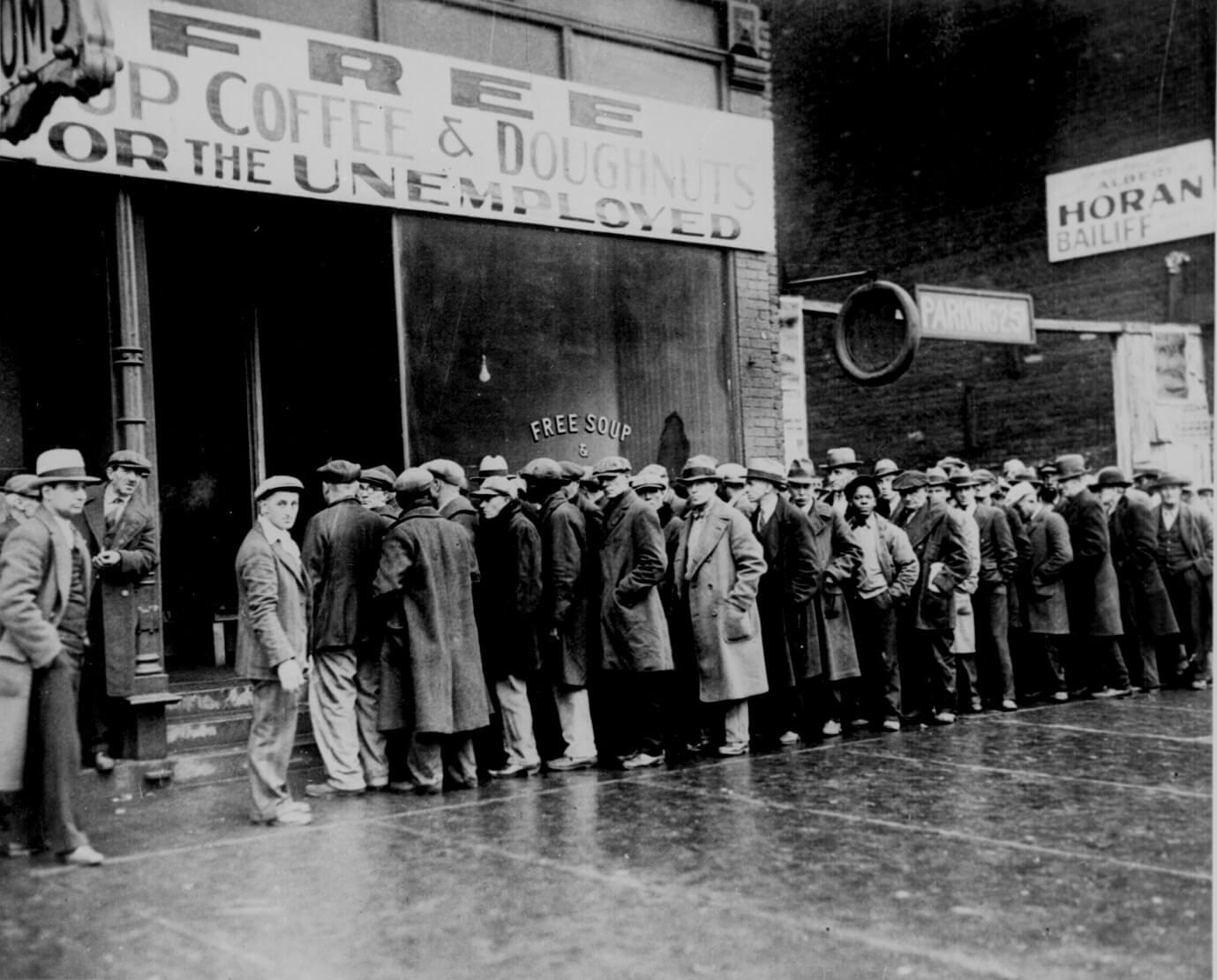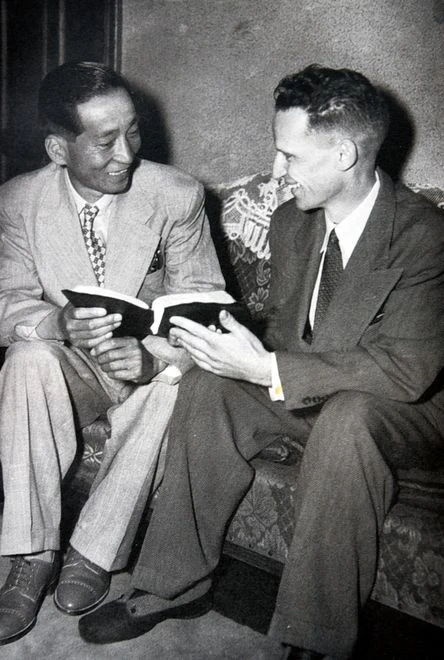“We’re spending more than ever before, and it hasn’t worked… But we haven’t kept our promises, and after eight years of this administration, we have as much unemployment as when we started… And a huge debt to roll over!”
Henry Morganthau, Franklin Roosevelt’s treasury secretary, six years after the implementation of the celebrated New Deal.
The falsification of history has been another characteristic of current times.
An honest society needs to understand what the world was like and not try to rewrite history as some would have it. On this point, another extremely influential figure is Amity Shales. She is not one of those hollow intellectuals who propagate “history without facts,” but Amity had the courage to show with irrefutable evidence that the depression of ’29 was not caused by the free market. On the contrary, it was the increase in public spending that delayed the recovery of the economy.
The crisis of ’29 had everything to be another business cycle, but the breeze was transformed into a hurricane by public interventions. Roosevelt’s populist rhetoric and his constant attacks on private business created a climate of insecurity. Roosevelt had to follow his guru Keynes, as well as being in awe of central planning and what he thought were the great economic successes of the USSR.
His best-selling book “The Forgotten Man” is of an academic rigor worthy of a Nobel Prize. The very name of the program is inspired by the book “A New Deal” by leftist Stuart Case, who also became a close associate of the government. The 3 founding and most influential members of the New Deal: Adolf Berle, Raymond Moley, and Rexford Tugwell, the group of intellectuals who designed the New Deal, were sympathetic to communism and the USSR.
Roosevelt’s actions in the crisis of ’29 led to the creation of large state-owned enterprises. When Roosevelt launched the New Deal, the size of government, public spending and debt were nowhere near today’s high levels.
The first big mess was the Smoot-Hawley tariff, which raised import tariffs to unprecedented levels, which virtually closed the U.S. borders to foreign goods.
Here we have the beginning of the real depression.
When international trade was disrupted, American agriculture collapsed. The president then got Congress to pass the NIRA (National Industry Recovey Act), establishing controls on prices, wages, hours and working conditions. The costs of American industry exploded and with the intervention in the labor market through the Wagner Act, unemployment rose to the highest level of the crisis.
Roosevelt then raised taxes and promoted more interventions in the economy, with a general collapse. Perhaps justifying the motto “One Nation under God” as divine providence, in 1936 the Supreme Court declared Roosevelt’s interventions illegal. The result: without the heavy hand of government, unemployment falls and the labor force begins to recover.
So, if your teacher taught that the New Deal eased the crisis of ’29, it was exactly the opposite. It was the withdrawal of government that provided for the American economy to rise from the ashes. If history has no sides, Amity is not one of those militants who tries to overthrow the truth by taking a personal side. On the contrary, with plenty of material evidence she leads the reader to learn from the historical facts of the past.




